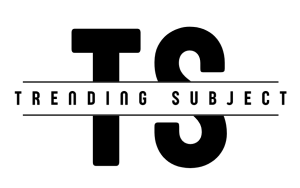Congressman James Comer, the Republican chairman of the House Oversight Committee, is leading a crusade to overhaul federal teleworking practices, which he argues have spiraled out of control under the Biden administration.
With an estimated 228,000 federal employees reportedly working fully remotely—and many more on hybrid schedules—Comer is making it his mission to drag these employees back into the office, citing accountability, efficiency, and public trust as key motivations.
This week, Comer is holding a hearing to spotlight what he views as a broken federal workforce model, which he has dubbed “a business model with no accountability or transparency.” With 2.2 million civilian federal employees, the scale of remote work within the government is vast, but Comer believes the Biden administration has allowed it to become a runaway train, resulting in inefficiency and frustration for constituents trying to access basic government services.
“The business model under the Biden administration is you can work from home, and there’s no accountability or transparency,” Comer told DailyMail.com in an exclusive interview. “It’s not been well received by the American people.”
Comer revealed that he recently discussed his findings with President-elect Donald Trump during a weekend meeting at Mar-a-Lago. According to the congressman, Trump was keenly interested in the data and plans to use it to shape his incoming administration’s plans to revamp federal government operations. Trump’s Department of Government Efficiency (DOGE), a proposed initiative to streamline and cut costs across federal agencies, could use this information to overhaul the current teleworking system. “At the very least, President Trump expects the federal workforce to show up for work,” Comer remarked, signaling that teleworking may be on the chopping block come January 20th.
Comer’s Oversight Committee has been conducting an investigation into teleworking practices, sending inquiries to federal agencies to determine how many employees are teleworking and the levels of office occupancy. However, Comer claims these agencies have been anything but forthcoming. “The Biden administration will go down in history as the least transparent presidential administration in history,” he lamented. “This shouldn’t be hard to answer—what percentage of your workforce is teleworking? But they don’t want to give us any information, and very few media outlets are even curious about it.”
A report released by the committee highlights several issues with telework practices, including discrepancies in reporting. Some agencies count employees who come into the office one or two days a week as “regular office workers,” even though they spend the majority of their time teleworking. Additionally, there’s little clarity about which employees qualify for telework and why, leaving lawmakers skeptical about the necessity of such widespread remote work measures.
Comer also took aim at the practical consequences of remote work, arguing that teleworking employees simply aren’t as effective as those who come into the office. He cited examples of long wait times and backlogs across federal agencies, including the Social Security Administration (SSA), where delays in processing disability claims have reached record levels. “It’s impossible to get Social Security Administration employees on the phone,” Comer complained. “And we believe this is because there’s too much teleworking going on.”
The same issues plague other agencies, including the Department of Agriculture and the Department of Energy, Comer noted. The lack of responsiveness from federal workers has eroded public trust, he argued, stating, “The American people know it, and they expect a federal government that is efficient and productive, and they don’t have that right now.”








